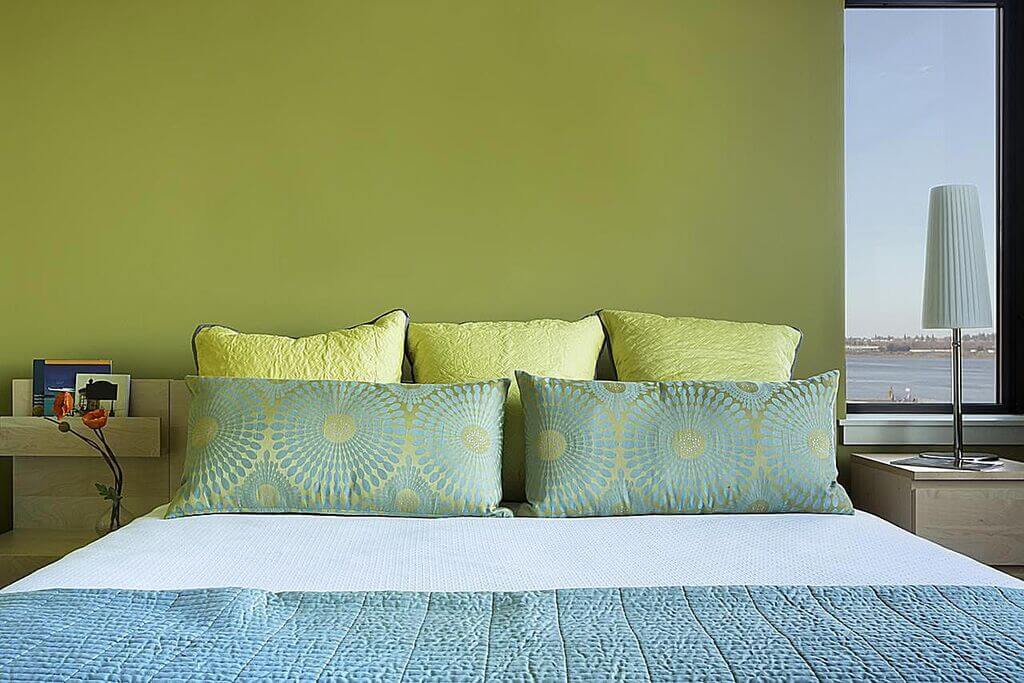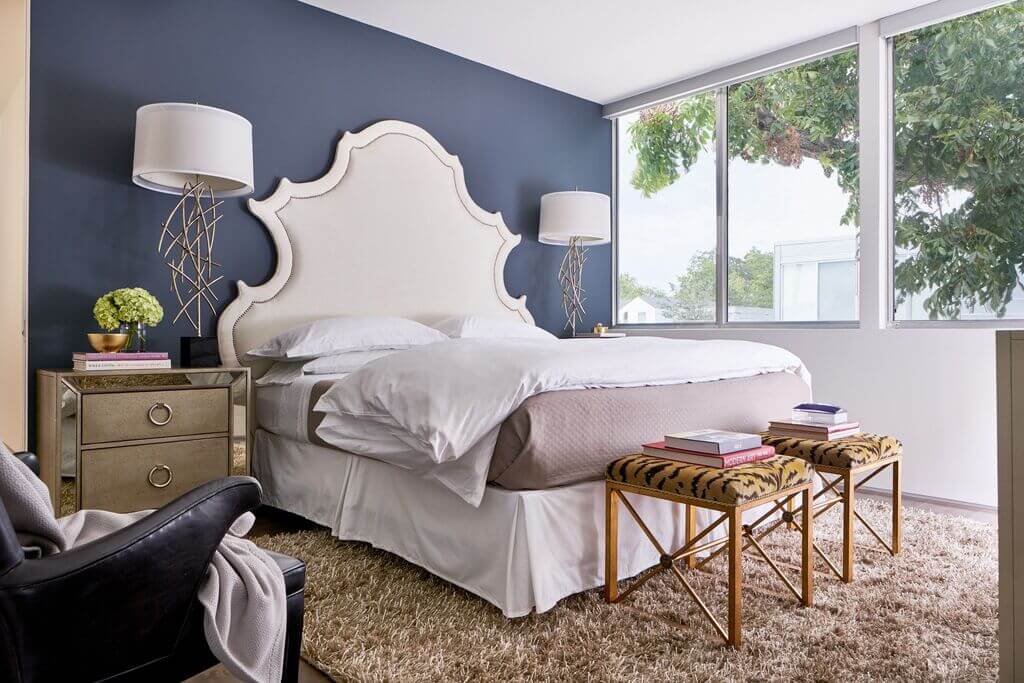The walls function much like canvases. If you want to make a statement, the installation of an accent wall can be the ideal way to accomplish this goal. But what exactly is a feature wall?
One wall in a room that is painted differently than the other walls in the space is referred to as an accent wall. Typically, an accent wall features more vibrant and striking colors, but it can also feature a unique pattern or texture.
A room can have a focal point created with an accent wall, or an accent wall can be used to break up an otherwise plain-looking wall. How exactly does one achieve a professional look when painting an accent wall?
In this article, we will offer some advice on how to carry out the aforementioned task successfully. Here is everything you need to know about how to paint an accent wall like a pro:
1. Choose the Right Paint
When it comes to selecting the appropriate paint for an accent wall, one of your primary goals should be to ensure that the wall will be visually distinct from the other walls in the room. Choose a color or pattern that will stand out visibly against the rest of the decor in your space. Bright and bold colors, as well as vibrant hues like reds, oranges, and yellows, are great options to go with as well.
You may want to go with a matte finish rather than a glossier one, depending on the feel and appearance that you’re going for. You can even unleash your inner artist by experimenting with various paints, such as chalkboard paint, metallic paint, glitter paint, or faux-finish paint.
2. Prep the Wall

It is essential to guarantee that the wall has been adequately prepared before beginning the painting process. This could mean patching any cracks or holes in the wall with spackle, sanding off any imperfections on the surface of the wall, and performing a final wipe-down on the wall, if necessary, to ensure that the wall is clean.
Before beginning the project, it is always a good idea to measure the area of the accent wall so that you can determine the amount of paint required for the task. By doing so, you eliminate the risk of purchasing an inadequate or excessive quantity of the item.
First and foremost, you will need to protect the areas of the wall that are adjacent to the accent wall by taping them off so that the paint does not get on them.
3. Apply Primer

Applying a primer to the wall before starting to paint is the next step to take after you have prepared the wall and purchased the paint you intend to use.
Primers help create a smooth surface that the paint can adhere to more effectively and also help ensure that the color of the paint will show up more accurately and brightly. Before moving on to the next step in the painting process, check that the primer has been allowed to dry fully.
They are typically applied in two layers, as recommended by most authorities in the field. It is recommended that rollers be utilized to apply the second coat after the first coat has been applied with a brush.
4. Get Creative!

Painting the wall is not just about applying one solid color — there are some fun techniques that you can use to create unique patterns or textures. Or hire a team with the tools and expertise to execute the task.
Here’s one idea if you want to do this on your own. Paint a striped pattern on your wall by taping off stripes of varying widths and painting them in the colors of your choice. You can also achieve interesting effects, such as chevrons or herringbones, through the use of painter’s tape.
Experimenting with freehand painting is another option. You can choose to create intricate designs on your wall through freehand painting with a brush, as well as use sponges and cloths to get interesting textures and patterns. The possibilities are practically endless!
5. Finish Up

Once you have achieved the desired look for your accent wall, it is time to finish up the project by sealing the wall with a protective layer. This will help protect the paint from any dust or dirt that might settle on your wall and ensure that it looks as vibrant and fresh as when you first painted it.
After completing this step, all that is left to do is admire your work and bask in the glory of having successfully created an attractive and unique accent wall.
Conclusion
Painting an accent wall can be a fun and creative way to add character to your home. Following the steps outlined in this article, you should have no problem achieving the desired effect for your project. With careful preparation and creative experimentation, any homeowner can confidently set out on their painting journey.
Read more:

